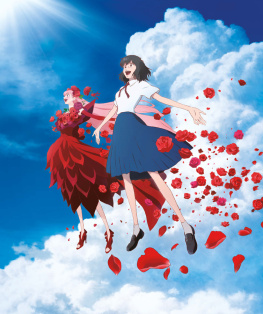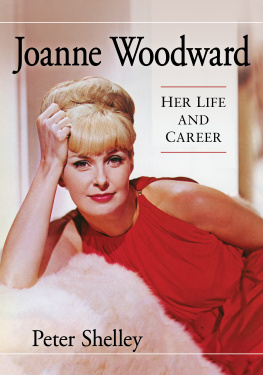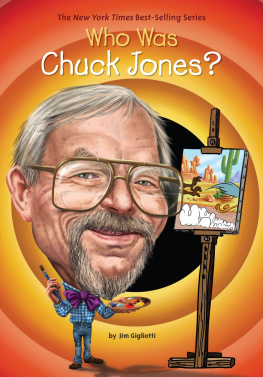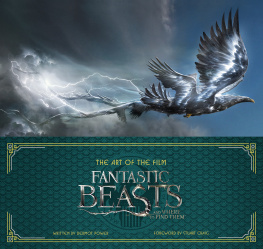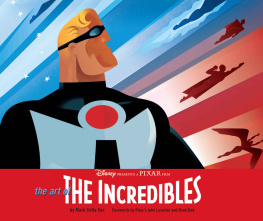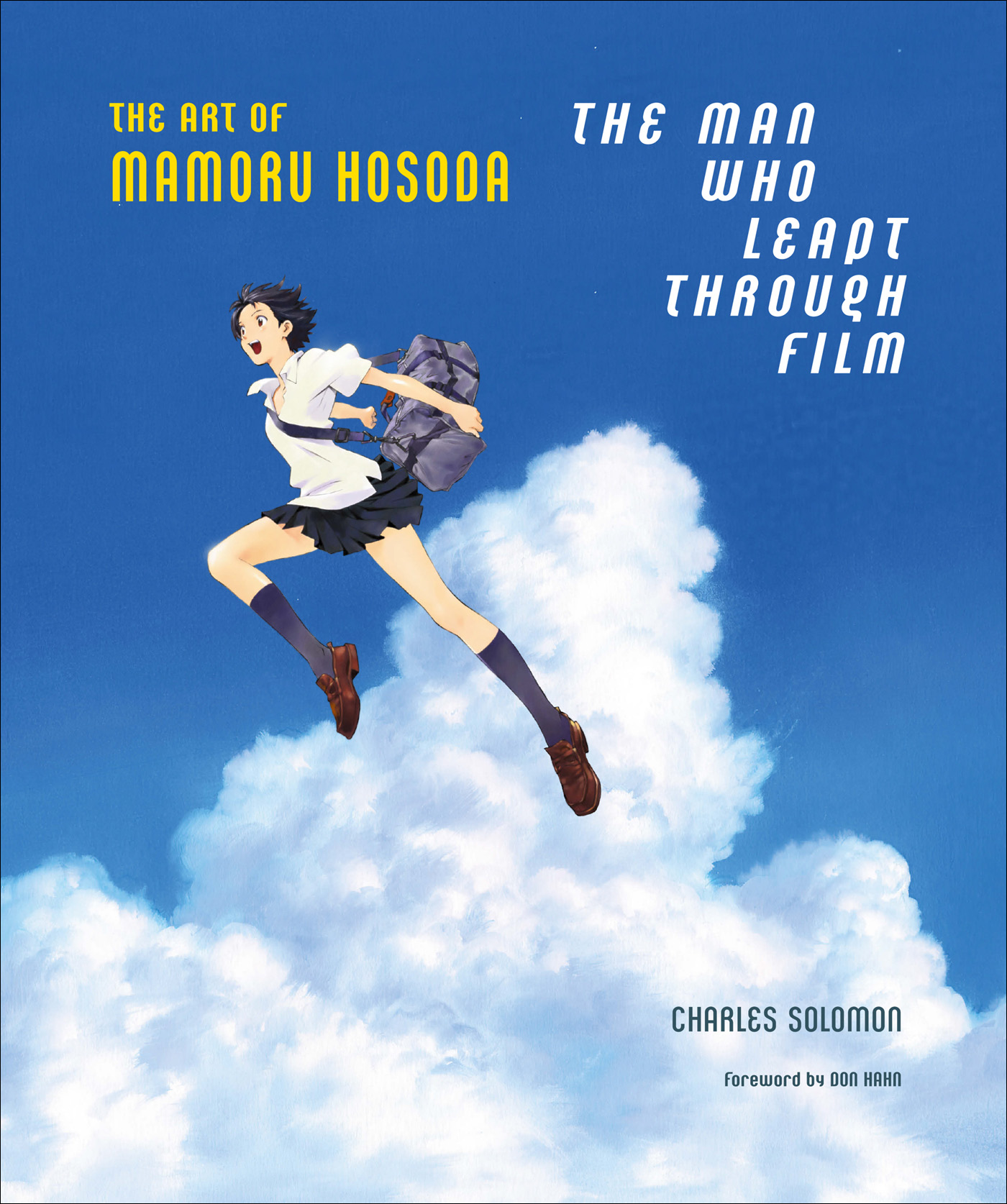
Ame frolics in the snow in these animation drawings from Wolf Children.
FOREWORD
Animation is a complicated web of technology, artistry, and storytelling that many have tried and few have mastered. Its an elaborate illusion made from pencils, paint, and pixels that, at its best, allows us to escape reality. Mamoru Hosoda uses the art form in a different way. He dives into reality with characters who are vulnerable, who may live in unimaginable worlds, but who always feel grounded in the very human themes that often resonate in his work: consequence, responsibility, sacrifice, hope.
Hosoda has carved out a personal style that bridges anime and sci-fi, yet he and his collaborators tell stories that are remarkably human, given his penchant for setting them in mind-bending worlds that threaten humanity. His work opens our eyes to the complex choices we face in a life that is overwhelmed by often inhumane forces. Like all good science fiction, his films are relevant and even predictive of our future on a planet that is changing incredibly fast.
Any filmmaker can fall victim to his or her comfortable and predictable patterns, like a magician who does the same trick so often that the audience starts to see how its done. Hosodas work builds on his past, but reliably manages to make a fresh statement that always surprises me. He directs with a fearless mix of subtle introspection, grandiose spectacle, and a master storytellers disregard for time and space. As such he has built a reputation for expanding the animated art form, most recently by fostering unconventional collaborations with people like Irish filmmakers Tomm Moore and Ross Stewart, visionary UK architect Eric Wong, and my friend, the brilliant designer Jin Kim.
The audience may never fully appreciate the incredible artistry, technology, and just plain hard work that goes into Hosodas films, and maybe thats how it should be. But after nine films, its time to take a closer look. Here, Charles Solomon takes us inside the filmmakers sanctum to reveal the intense art and craft that make us believe the unbelievable and discover new levels of our human condition through the work of this incredible artist.
Don Hahn
April 27, 2021
DON HAHN produced the classic Beauty and the Beast, the first animated film to receive a Best Picture nomination from the Academy of Motion Pictures Arts and Sciences. His next film, The Lion King, broke box-office records all over the world to become the top-grossing traditionally animated film of all time and a long-running blockbuster Broadway musical. Hahn also served as associate producer on the landmark motion picture Who Framed Roger Rabbit. His other films include The Hunchback of Notre Dame, Atlantis: The Lost Empire, the 2006 short The Little Matchgirl (which earned Hahn his second Oscar nomination), Maleficent, and Tim Burtons Frankenweenie. He directed the documentaries Waking Sleeping Beauty, Hand Held, The Gamble House, and Howard. Hahn is the author of The Alchemy of Animation, Brain Storm: Unleashing Your Creative Self, Before Ever After: The Lost Lectures of Walt Disneys Animation Studio, and Yesterdays Tomorrow: Disneys Magical Mid-Century. He lives in Los Angeles.
I. EARLY DAYS
The first thing I bought with my own money was the November 1979 issue of Animage, with Lup in III on the cover. I went to see The Castle of Cagliostro in the theater; after watching it, I couldnt think of anything else. Thanks to Animage, I knew about the people who made the film, like Miyazaki. For a What Do I Want to Become When I Grow Up essay in sixth grade, I said, animation director.
MAMORU HOSODA

Hosoda at work at Toei in 1991
Mamoru Hosoda was born on September 19, 1967, in Kamiichi, a small town in the Toyama Prefecture in mountainous western Japan. The son of a railway engineer, he remembers watching cartoons in kindergarten, particularly the mecha series Mazinger Z. He recalls, I preferred animated robots to superheroes. I started drawing with my kindergarteners hands; I even tried tracing my toys, which turned out badly.
An only child, Hosoda was introduced by an older friend to Leiji Matsumotos seminal science-fiction epic, Space Battleship Yamato (released as Star Blazers in the United States), which left a lasting impression: It just boomed all over Japan. I was part of the boom and contributed to it. The scope and magnitude of the film were so fascinating.
Like other young artists, Hosodas interest was stimulated in middle school by Animage, the pioneering animation magazine edited by Toshio Suzuki. On television, Hosoda watched the boxing saga Tomorrows Joe 2 (1980), directed by Osamu Dezaki; Rintaros feature Galaxy Express 999 (1979); and Mamoru Oshiis Urusei Yatsura 2: Beautiful Dreamer (1984), which blended elements of the Urashima Tar folktale with Rumiko Takahashis sci-fi comedy series.
In his third year of middle school, Hosoda made his first animated film after seeing work by aspiring artists on the educational program You. Until then, he had thought of animation as something I just sat and watched. Using a makeshift light box with pieces of chopsticks for pegs, he did nine hundred drawings, which he filmed on a rented Fuji 8mm camera.
A dragon appears in a lake: Out of nowhere, multiple fighter jets fly in, launching missiles, Hosoda recalls. The dragon fights back, breathing flames that destroy the fighters. One fighter delivers a final blow: The dragon is injured and some of its scales are torn off, revealing its really a mecha. It didnt have much of a story, but lots of explosions. My only motivation was to make a combat scene.
Although he screened the film at his school cultural festival, Hosoda was less interested in his classmates reactions than the satisfaction of making and seeing the film. But during his first year of high school, the period adventure film Kenya Boy (Shonen Keniya) included a call for independent animators to send their work to the Toei studio. Hosoda submitted his film.
One day, I came home and my mother said Id gotten a weird call from Tokyo, he says. It was from Toei producer Takeshi Tamiya. It was my first call from Tokyo, and from a producer! I was dancing with joy. The next day, I nervously phoned Toei. Of the approximately thirty videos sent in, Tamiya picked mine as number one.

